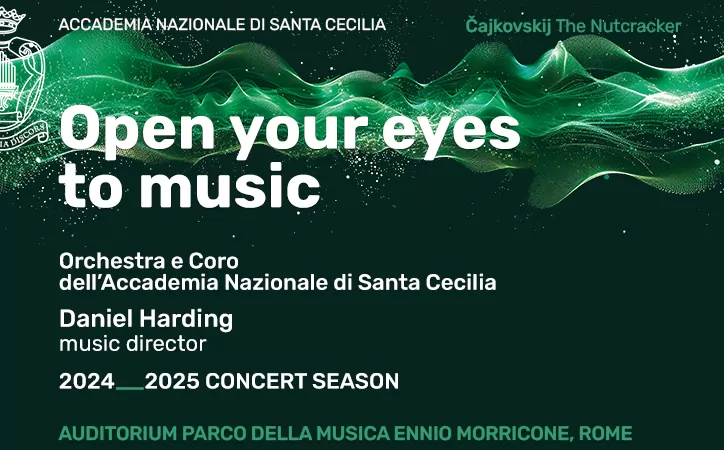Dangerous dust.
The European Union laid down guidelines on gas emissions and pollution in 1999 that came into effect in Italy on the 1 January 2005. The rules say that levels polvere sottile (fine dust) must not exceed 50 micrograms per cubic metre for more than 35 days each year. Already three cities in Italy, Padua, Verona and Vicenza have exceeded the 35-day limit for 2005, and Rovigo, Treviso, Venice, Turin, Milan and Rome are fast approaching the 35-day limit.
The problem is causing concern in city councils all over the country, where the local authorities are responsible for taking action when the pollution limit is reached. Remedies include controlling road traffic (sometimes a total ban on all private traffic) and limiting the time that central heating boilers may be on each day. Neither of these are very popular solutions. Failure to act by the local authorities could mean that they will be accused of putting the health of their citizens at risk.
In the meantime a study has been conducted by the regional government of Lazio to find out why levels of polvere sottile were higher than the danger level in the city on 15 August last year, an important public holiday which fell on a Sunday, when there were few vehicles on the city roads. The study has concluded that the incidence of polvere sottile is always higher when bad weather in Italy coincides with sand storms in the Sahara. It was possible to identify this natural powder, because sand-dust has a much lower iron content than dust from engine and boiler emissions.
The regional government and the Rome city council now suggest that allowances should be made for the sand from the Sahara when pollution readings are taken.

















